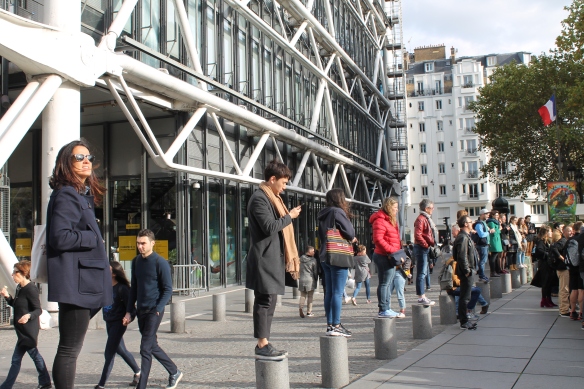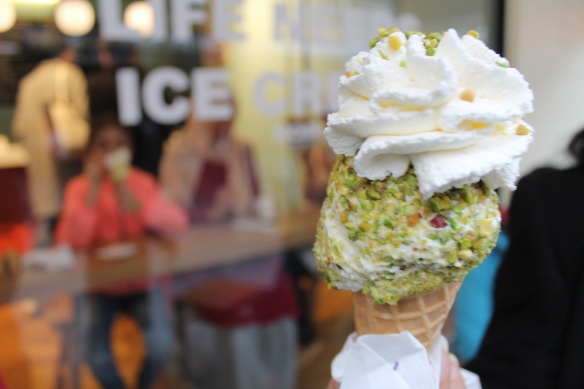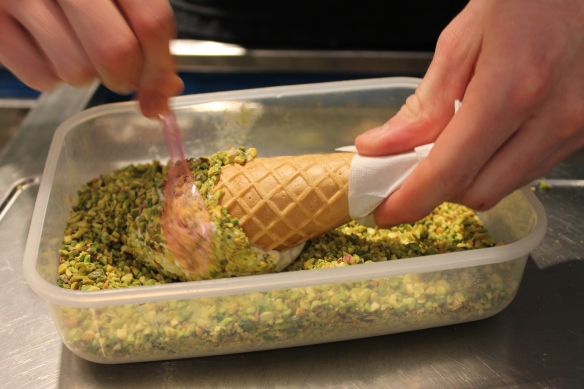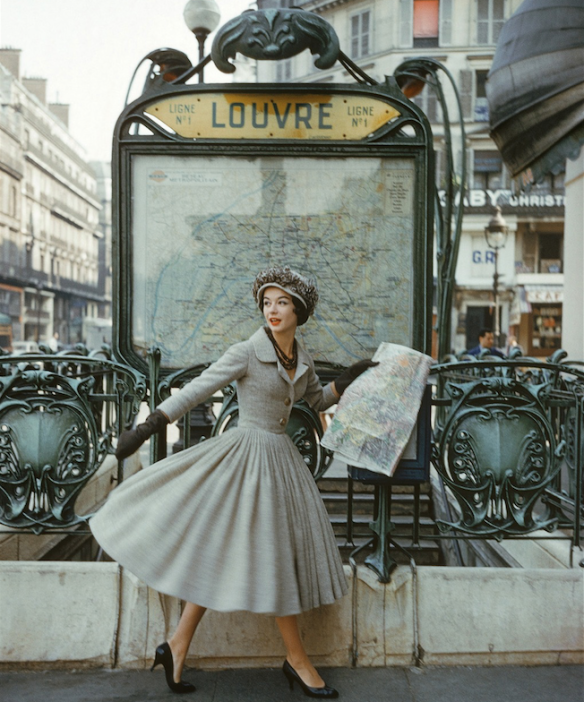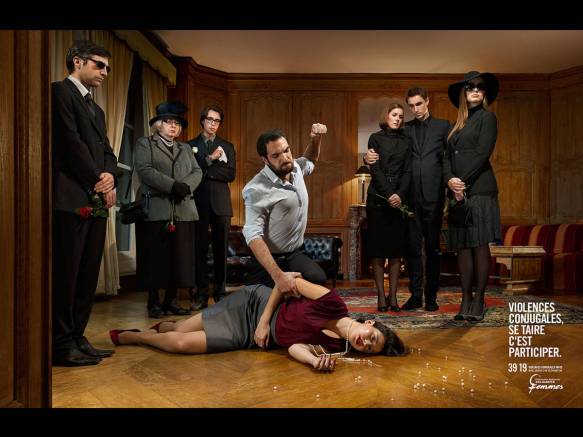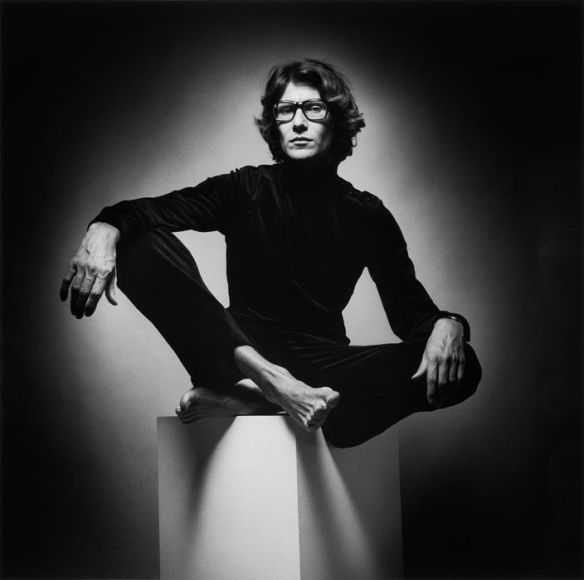
Raoul Dufy, Bay of Angels
Throughout the 1990s, I headed down to Nice often. Nice, and other towns strung along the Côte d’Azur like hedonistic ports of call, was my favorite destination. From Paris, I’d escape on the night train, and it was always thrilling. Another thing I love about Nice is its close proximity to Italy.
It saddens me profoundly to read that since the monstrous July 14, 2016 terrorist attack, hotel reservations, the Nice jazz festival, and other concerts have all been cancelled. I said in an earlier post ‘Do not come to France’, but that was wrong. I was angry. Now I’m saying ‘Do not stay away.’
Below is a travel piece I wrote a decade ago. It is my Nice. For no other reason than I’ve been travelling hither and yon to other cities, I haven’t been back for a decade. I must go back soon, I will go, on my way to Italy.
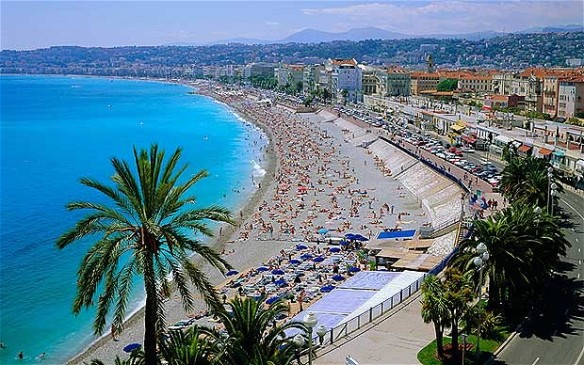
NICE, a multitude of pleasures
Ahhh, the Côte d’Azur in early June … (July and August are to be avoided. May, early-June, September and October are the best months.) I like the Sofitel Splendid Hotel because of its central location, comfort, and stunning rooftop terrace, a perfect place to enjoy cocktails during aperitif hour, or l’heure de l’apéritif, as the French say. The whole of Nice is spread out below from sea to mountains behind. As twilight descends, the panoramic view becomes bathed in a blue haze signalling that it’s time to descend into the streets and find a good restaurant for dinner. On the roof of this hotel there’s a small pool. When my sister and I were teenagers we used to swim race in it (while my parents sat further away and sipped cocktails.) The pool’s still there and completely unchanged … here it is –

Eclectic, elegant and extraordinary is how I would describe the Windsor Hotel located in the middle of town. Its 60 rooms are decorated with murals or designed individually by modern artists. There’s a lush, tropical, enclosed garden with small swimming pool where you can have your meals, a lounge bar with open fireplace, gym and sauna. Links to both hotels are at bottom of page.

La Trattoria, located at 37 rue de France at the corner of rue Dalpozzo is a cheerful, casual restaurant serving up large pizzas cooked in an open oven, pasta dishes, seafood, big salads, steaks. Sit on the outdoor terrace or in the spacious, rustic interior. Nice abounds with pizzerias. There’s a huge Italian influence in this city.
Old town of Nice:

Plunge into the ancient, twisting, bustling streets of the old quarter and drink in the intoxicating atmosphere of this exuberant, southern French city. This is where I spend most of my time wandering happily, getting lost in the maze of ruelles and stopping frequently for an ice-cream, glass of chilled rosé, lunch or espresso, depending on the time of day.
Great lunch spot:
Lou Pilha Leva, 10 rue du Collet on Place Centrale
Stand in line and place your order through a window then carry it to one of the large wooden tables outside. Taste the local specialties – socca (a thin, chick-pea pizza crust); pissaladière (pizza with onions and anchovy topping); salade nicoise and other savoury dishes.
L’Art Gourmand, 21 rue Marché
An establishment worth visiting for its divine home-made ice creams and sorbets offering the following flavours: licorice, violet, rose, fig, melon as well as conventional flavours. Home-made sweets such as marzipan, nougat, chocolate, calissons, sugared rose petals, candied fruits and caramels. Upstairs is a tea and coffee salon.
Museums:




If you only have time to visit one museum during your stay in Nice, I recommend the dazzling Musée Chagall, located high above the city in the residential district of Cimiez (take bus no.15 direct from the centre of town below – check this bus number.) I love the name Cimiez which is derived from the French word, cime, which means summit or mountain peak.
This is such a special place. Marc Chagall’s sumptuous paintings are based on the Old Testament and the depicted theme is entitled The Biblical Message. The canvases are complemented with sculptures, engravings, a tapestry, mosaic and stained glass window. The cool, modern building sits in a peaceful park-like garden containing wild lavender and rosemary bushes, cyprus and olive trees.
Small snack-bar outside and small gift-shop Inside. closed Tuesdays

While in Cimiez, there’s also the Musée Matisse to visit. Located in a 17th-century Genoese villa that houses the personal collection of the painter who settled in Nice in 1917 and died there in 1954. It comprises works from all periods, from the very first paintings made in the 1890’s to the gouache cutouts of the end of his life. There’s a unique collection of drawings and engravings, most of his sculpture and personal possessions.
Bus no. 15, 17, 20, 22 (better double-check these bus numbers) closed Tuesdays
HOW TO GET TO THE RIVIERA:
Train: I used to take the night train from Paris in a First-Class couchette (air-conditioned cabin, free bottles of mineral water and only 4 couchettes to one cabin, as opposed to 6 couchettes in Second-Class), but, sadly, they don’t exist any more.
Night trains used to leave Paris’s Gare de Lyon around 10:30 p.m. and arrive in Nice the following morning around 8:30 a.m.
The SNCF has phased out night trains with sleeping compartments down to the Coast. Sleeping cars, it seems, have gone out of fashion. Too bad, because I used to love the romanticism of old-fashioned train travel.
Air France has 15 flights a day from Paris to Nice starting at 7:10 a.m. and ending at 9:10 p.m. The duration of the flight is 1 hour and 20 minutes. There’s also Easyjet and Ryanair. And the fast train, the TGV, during the day. I’ve just looked at the SNCF website. There are night trains, but they’ve abolished couchettes and sleeping cars. Instead they offer a reclining seat (très uncomfortable to sleep on.) A one-way ticket costs 44 euros. Leaves Austerlitz station at 21h22 and arrives next morning in Nice at 08h37.
Excellent day trip from Nice to a market in Italy – on Fridays there’s a huge outdoor market in Ventimiglia, Italy, only a 40-minute local train ride from Nice. (It’s very crowded, so keep an eye on your personal possessions.) “Every Friday all year round, French residents and tourists from across the border flock to this popular street market along the lungomare (seafront). They also come for the daily indoor fruit and vegetable market, for which the town is justly famous.”
http://www.hotelwindsornice.com/en/
https://www.splendia.com/fr/splendid-hotel-spa-nice-nice.html

